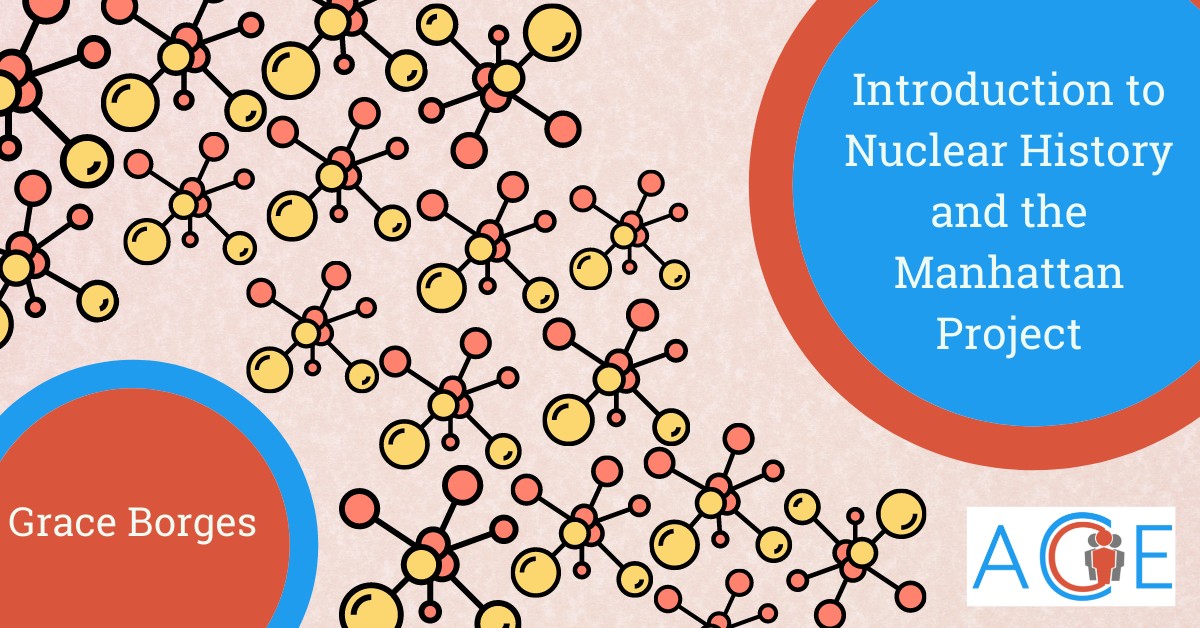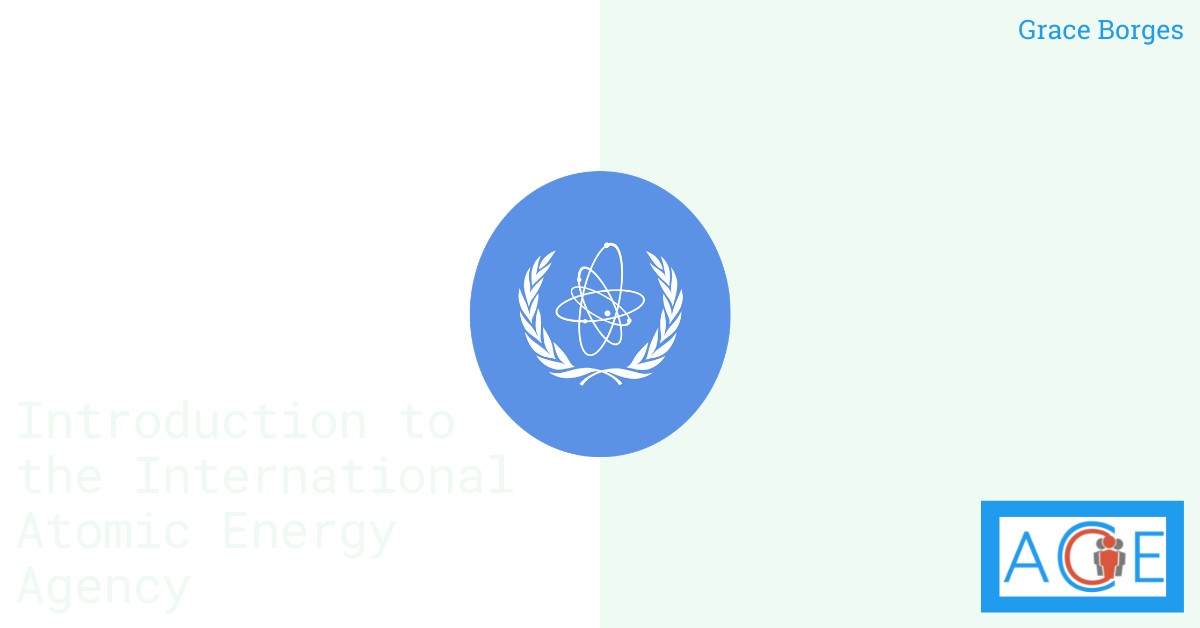The Manhattan Project was the code name for the confidential American led effort to develop a nuclear weapon during the Second World War. The initiative was spurred by intelligence reports that Germany had been developing nuclear weapons since the 1930’s and that Hitler was prepared to use them against the Allies.
First convened in 1939, President Roosevelt created the Advisory Committee on Uranium as a science-leaning research center to study uranium enrichment and nuclear chain reactions. In response to Pearl Harbor in 1941, the Army Corps of Engineers was diverted to supplement this research and the ACU eventually became the Office of Scientific Research and Development (OSRD), which had a significantly more militaristic bent.
President Roosevelt authorized the creation of the Manhattan Project in 1942 to bring together the various research initiatives under one umbrella. This pulled in J. Robert Oppenheimer, who was a leading expert on nuclear fission. The name “Manhattan Project” came from the OSRD’s Manhattan Engineer District, named after the borough in which it was located.
Manhattan Project research was relocated to the secretive Los Alamos Laboratory in New Mexico, the creation of which was known as Project Y. In 1945, the first atomic bomb was successfully detonated in the New Mexican desert in what was called the Trinity Test. Scientists working under Oppenheimer created two distinct types of bombs: a uranium-based gun-type design called “Little Boy” and a plutonium-based implosion bomb named “Fat Man.” The success of the Trinity Test led to nuclear weapons becoming part of the US strategy to win World War II.
Once it became clear that Germany was close to surrender, the US delivered an ultimatum to Japan at the Potsdam Conference in 1945 to surrender or face “prompt and utter destruction.” Since part of the terms of surrender included the formation of a new democratic government with no role for the Emperor, the proposal was rejected.
On August 6th, 1945, “Little Boy” was dropped over Hiroshima. Three days later, “Fat Man” was dropped over Nagasaki. The bombs killed over 100,000 people combined and levelled the cities to the ground. Some historians have theorized that a desire to test the implosion type design factored into the decision to drop a second bomb.
While the Manhattan Project was effectively shuttered with the end of World War II, various agencies and committees were created to apply Manhattan Project-era technologies to other fields. These include the Atomic Energy Commision, the Department of Energy, and the International Atomic Energy Agency.

